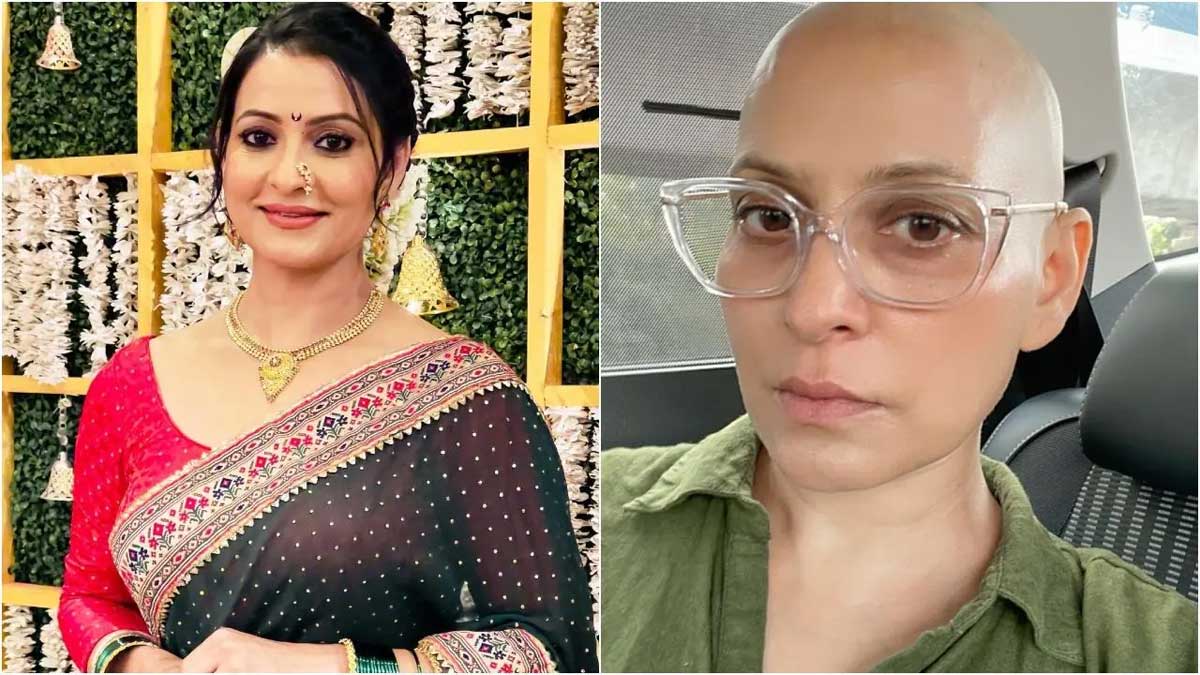
Actress Dolly Sohi is currently going through her treatment procedure for Cervical cancer. The actress has recently gone through her fourth chemotherapy session and will be scheduled for radiation therapy every day for five weeks as per her doctor’s advice. Dolly Sohi is an Indian television actress, known for her projects like Meri Aashiqui Tum Se Hi, Khoob Ladi Mardaani...Jhansi Ki Rani, Parineetii, Kumkum Bhagya, and more.
Table of Content:-
The actress took to Instagram a few months ago to open up about her cancer diagnosis where she mentioned how she ignored her symptoms due to lack of awareness. This very lack of awareness is one reason why India could miss the 2030 target of eliminating cervical cancer from the country.

What Is The Elimination Strategy For Cervical Cancer?
Cervical cancer is the second most commonly found cancer found in women in India, accounting for almost 10 percent of all female cancers. As per a study by LANCET, nearly 77,400 women succumb to cervical cancer in India every year. In 2020, the World Health Organization (WHO) established a 90-70-90 Cervical Cancer Elimination Strategy Target for 2030.
Three measurable global targets were outlined to deal with the cases of cervical cancer and prevent and treat any current and possible cases of the condition. As per the strategy, 90% of girls should be fully vaccinated with the HPV vaccine by 15 years of age; 70% of women should be screened using a high-performance test by age 35, and again by age 45; 90% of those identified with cervical disease should receive appropriate treatment, by the year 2030.
Why Is It Difficult For India To Achieve These Targets?
According to Dr. Uma Dangi, Consultant Medical Oncology, Fortis Hospital, Muland and Hiranandani Hospital, Vashi, the reason that stands in India’s way to bring down its cervical cancer mortality is multifold, despite multiple steps being taken in that direction.
Lack Of Awareness
According to the WHO survey, less than one in ten women have taken cervical cancer screening in the last five years, either because they aren’t aware or don’t pay attention to the signs their bodies exhibit. It is highly recommended to get screened after a certain window of time, as many women can be asymptomatic even after they develop pre-cancerous lesions. The HPV Information Centre has claimed that only 2% of women in India have been screened for cervical cancer, and this trend of low screening has a direct impact on treatment as well as survival rates.
Delay In HPV Vaccination Rollout
One of the major causes of cervical cancer is the infection with the HPV (human papillomavirus), which is contracted through sexual contact. In India, more than 75 percent of cervical cancer cases were caused by some or the other variant of HPV, majorly types 16 and 18. The best protection against HPV is vaccination, especially if it is administered before any sexual engagement. However, because of not having enough vaccinations ready, the rollout hasn’t begun yet.
Also Read: Ladies! Here Are 6 Ways To Reduce Your Risk Of Cervical Cancer
Treatment Being Expensive
Most cases of cervical cancer are addressed when the condition has fairly advanced. Such cases require long-drawn treatment protocols, involving chemotherapy and radiation therapy, which are relatively expensive. The high cost of care comes in the way of many patients getting the treatment they need to beat something as serious as cervical cancer.
In order to completely eradicate this cancer from the country, it is important to take the necessary steps to counter these limitations and make healthcare easy and affordable for the masses.
Also watch this video
How we keep this article up to date:
We work with experts and keep a close eye on the latest in health and wellness. Whenever there is a new research or helpful information, we update our articles with accurate and useful advice.
Current Version